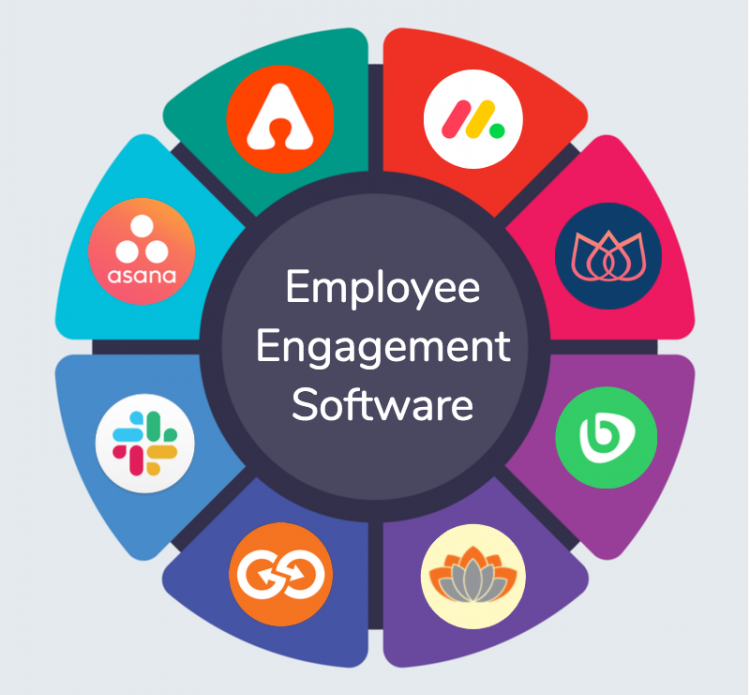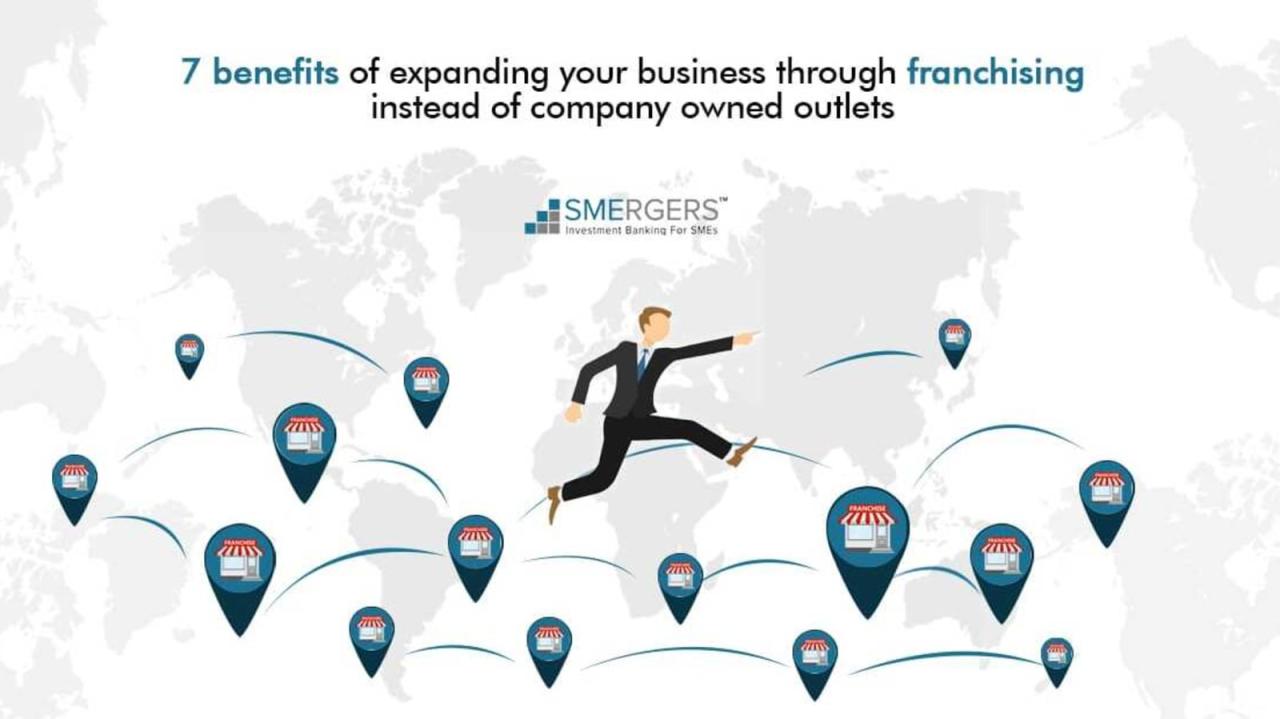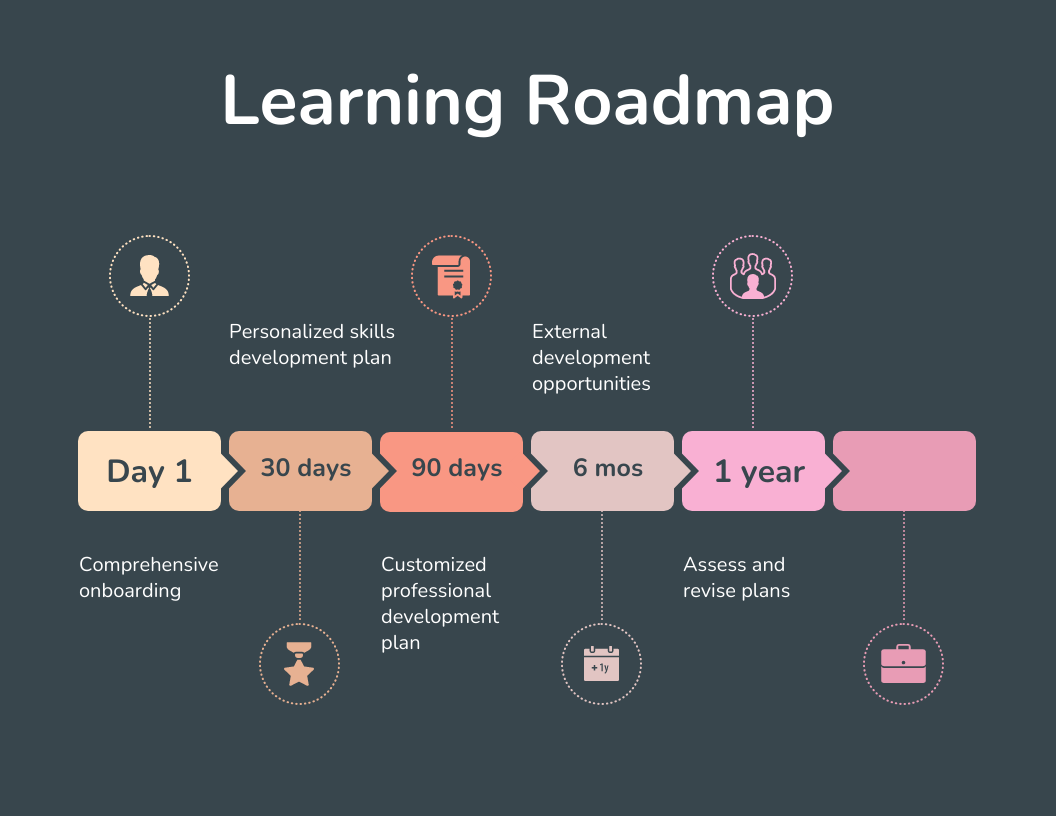Customer Loyalty Program Ideas
Customer loyalty program ideas are the key to unlocking the hearts and wallets of your most valuable customers. Embark on a journey to explore innovative strategies, practical tips, and inspiring case studies that will transform your loyalty programs into a powerful engine for growth and customer retention.
From point-based rewards to tier-based incentives and value-based engagement, this comprehensive guide delves into the diverse landscape of customer loyalty programs, empowering you to craft a program that aligns perfectly with your business objectives and customer needs.
Types of Customer Loyalty Programs
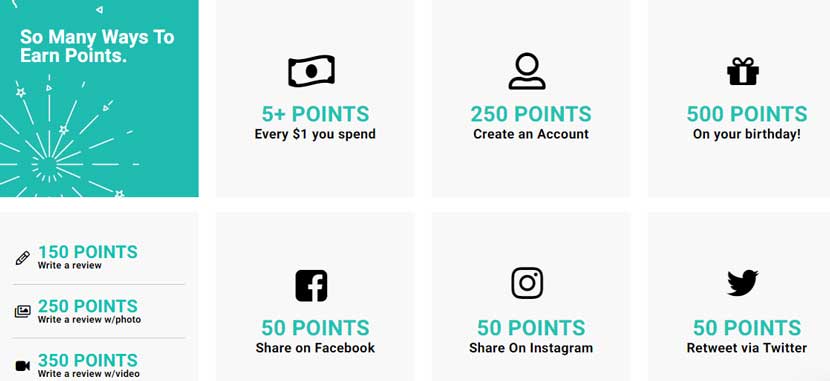
Customer loyalty programs are a marketing strategy designed to encourage customers to make repeat purchases from a business. There are various types of customer loyalty programs, each with its own benefits and drawbacks.
The three main types of customer loyalty programs are point-based, tier-based, and value-based.
Point-based Programs, Customer loyalty program ideas
Point-based programs reward customers for making purchases by awarding them points that can be redeemed for discounts, free products, or other benefits. These programs are relatively easy to implement and manage, and they can be effective in encouraging repeat purchases.
Benefits:
- Easy to implement and manage
- Can be effective in encouraging repeat purchases
- Provide customers with a sense of progress towards rewards
Drawbacks:
- Can be difficult to track customer spending and award points accurately
- Customers may not always be motivated by points
Tier-based Programs
Tier-based programs divide customers into different tiers based on their spending or engagement with the business. Each tier offers different benefits, such as exclusive discounts, early access to new products, or personalized rewards. These programs can be more effective than point-based programs in rewarding loyal customers and driving repeat purchases.
Benefits:
- Can be more effective than point-based programs in rewarding loyal customers
- Provide customers with a sense of exclusivity and recognition
- Can help businesses segment their customer base and target marketing efforts
Drawbacks:
- Can be more complex to implement and manage
- Customers may not always be motivated by tier status
Value-based Programs
Value-based programs reward customers for their overall value to the business, rather than just their spending. This can include factors such as customer lifetime value, customer satisfaction, and customer referrals. These programs can be more effective than point-based or tier-based programs in building long-term customer loyalty and driving repeat purchases.
Benefits:
- Can be more effective than point-based or tier-based programs in building long-term customer loyalty
- Reward customers for their overall value to the business
- Help businesses identify and retain their most valuable customers
Drawbacks:
- Can be more difficult to implement and manage
- Customers may not always be aware of the factors that determine their value to the business
Designing an Effective Customer Loyalty Program
Effective customer loyalty programs are designed to encourage repeat purchases and foster customer relationships. They typically include a system of rewards, tiers, and communication strategies to incentivize customer engagement and build brand loyalty.
To design an effective program, businesses should consider the following key elements:
Rewards
Rewards are a central component of any customer loyalty program. They can range from discounts and free products to exclusive access to products and services. When designing rewards, businesses should consider the following:
- Relevance: Rewards should be relevant to the business’s offerings and the target customer base.
- Value: Rewards should be perceived as valuable by customers to encourage participation.
- Simplicity: Rewards should be easy to understand and redeem to maximize customer satisfaction.
Measuring the Success of a Customer Loyalty Program
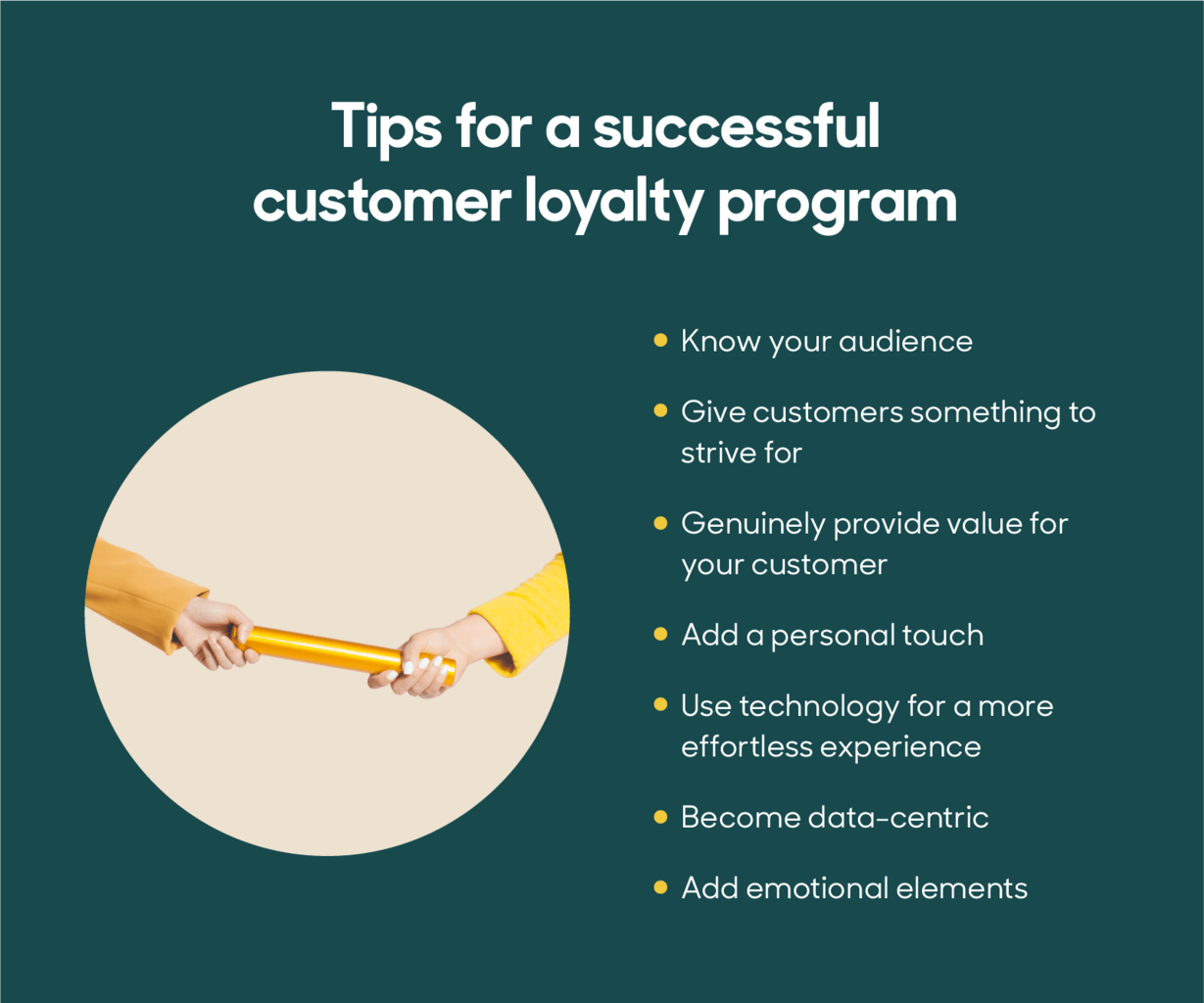
Assessing the effectiveness of a customer loyalty program is crucial to ensure its alignment with business objectives and maximize its impact. Measuring the success of a loyalty program involves tracking key metrics that reflect customer engagement, loyalty, and overall program performance.
Customer Retention
Customer retention measures the ability of a loyalty program to retain existing customers. It is calculated as the percentage of customers who continue to make purchases over a specific period, such as a month or a year. A high customer retention rate indicates that the loyalty program is successfully encouraging repeat business and building customer loyalty.
Repeat Purchases
Repeat purchases track the frequency with which customers make subsequent purchases after joining the loyalty program. This metric provides insights into the effectiveness of the program in driving repeat business. A high repeat purchase rate suggests that the program is providing value to customers and encouraging them to make repeat visits or purchases.
Customer Lifetime Value (CLTV)
Customer lifetime value (CLTV) is a metric that estimates the total revenue a customer is expected to generate over their lifetime. By tracking CLTV, businesses can assess the long-term profitability of their loyalty program. A high CLTV indicates that the program is effectively building customer loyalty and driving long-term revenue growth.
Integrating Customer Loyalty Programs with Other Marketing Initiatives
Integrating customer loyalty programs with other marketing initiatives is crucial for creating a cohesive and effective marketing strategy. By aligning these programs, businesses can enhance customer engagement, drive conversions, and foster long-term relationships.
Here are some examples of successful integrations:
Email Marketing
- Offer exclusive loyalty program updates and promotions via email campaigns.
- Reward customers for opening emails, clicking on links, and making purchases.
Social Media Marketing
- Create social media campaigns that promote loyalty program benefits.
- Encourage customers to share their experiences and earn rewards for social media engagement.
Paid Advertising
- Target loyalty program members with personalized ads based on their purchase history and preferences.
- Offer exclusive discounts and promotions to drive traffic to loyalty program enrollment pages.
By integrating customer loyalty programs with other marketing initiatives, businesses can:
- Increase customer engagement and satisfaction.
- Drive conversions and boost sales.
- Build stronger relationships with customers.
- Gain valuable insights into customer behavior.
Case Studies of Successful Customer Loyalty Programs
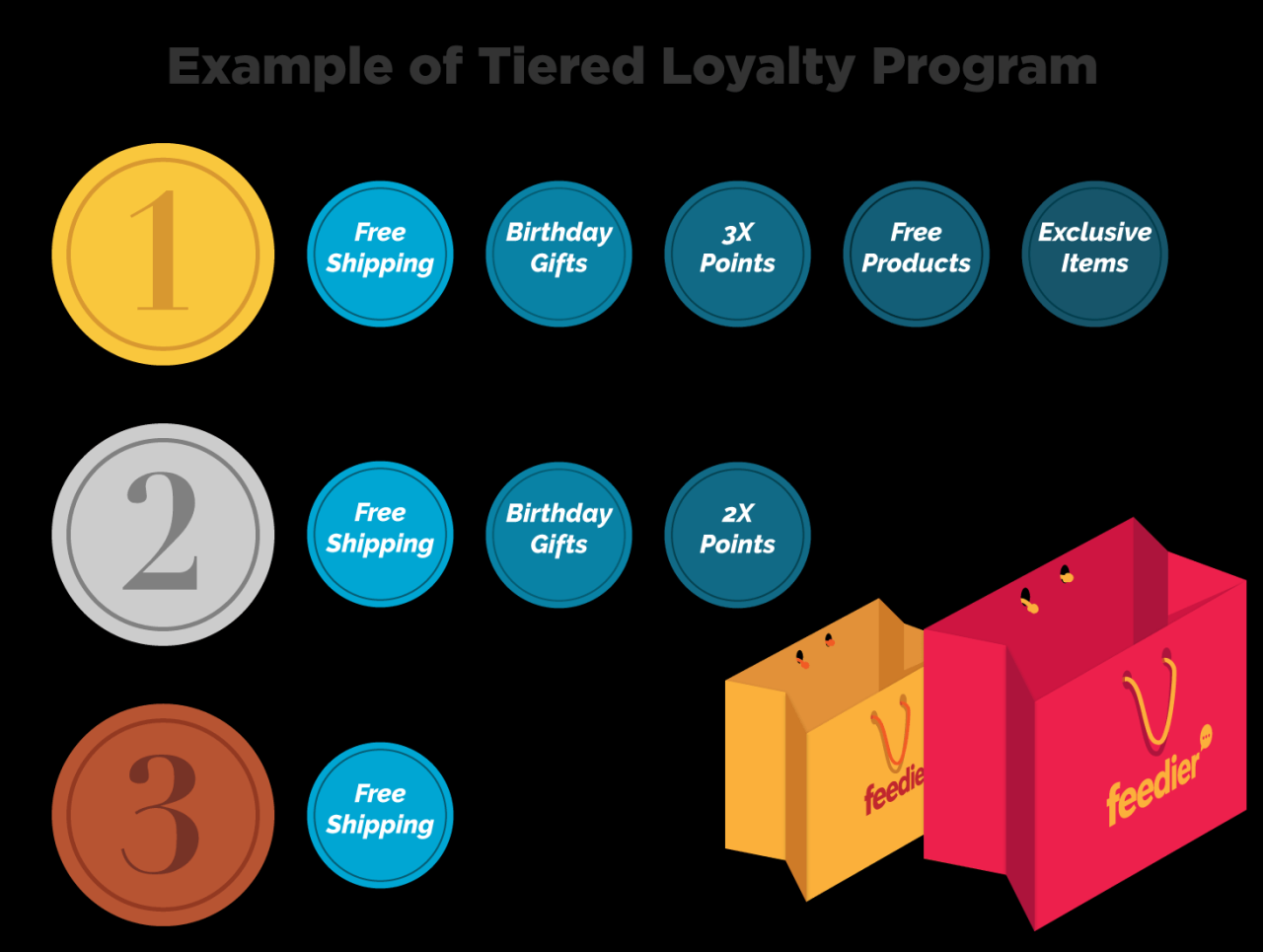
Various industries have successfully implemented customer loyalty programs, showcasing the effectiveness of such initiatives. These programs have employed innovative strategies and achieved remarkable results, setting examples for others to follow.
Common factors contributing to their success include a deep understanding of customer needs, tailored rewards and benefits, effective communication, and continuous evaluation and improvement.
Starbucks Rewards
- Launched in 2008, Starbucks Rewards is one of the most successful customer loyalty programs globally.
- The program offers tiered rewards based on purchase frequency, including free drinks, food items, and exclusive benefits.
- Starbucks Rewards has significantly increased customer engagement, repeat visits, and overall brand loyalty.
Amazon Prime
- Amazon Prime, launched in 2005, has become a highly valued customer loyalty program.
- The program offers free two-day shipping, exclusive discounts, and access to streaming services for an annual membership fee.
- Amazon Prime has driven customer loyalty, increased sales, and established Amazon as a leading e-commerce destination.
Sephora Beauty Insider
- Sephora Beauty Insider, launched in 1997, is a comprehensive loyalty program focused on the beauty industry.
- The program offers tiered rewards, exclusive promotions, and personalized recommendations based on purchase history.
- Sephora Beauty Insider has fostered a loyal customer base, increased customer spend, and strengthened Sephora’s position in the beauty market.
Query Resolution: Customer Loyalty Program Ideas
What are the different types of customer loyalty programs?
There are various types, including point-based, tier-based, value-based, coalition, and hybrid programs.
How do I measure the success of my customer loyalty program?
Key metrics include customer retention, repeat purchases, customer lifetime value, and program participation.
How can I integrate my customer loyalty program with other marketing initiatives?
Integrate with email marketing, social media marketing, and paid advertising to enhance customer engagement and drive program participation.



